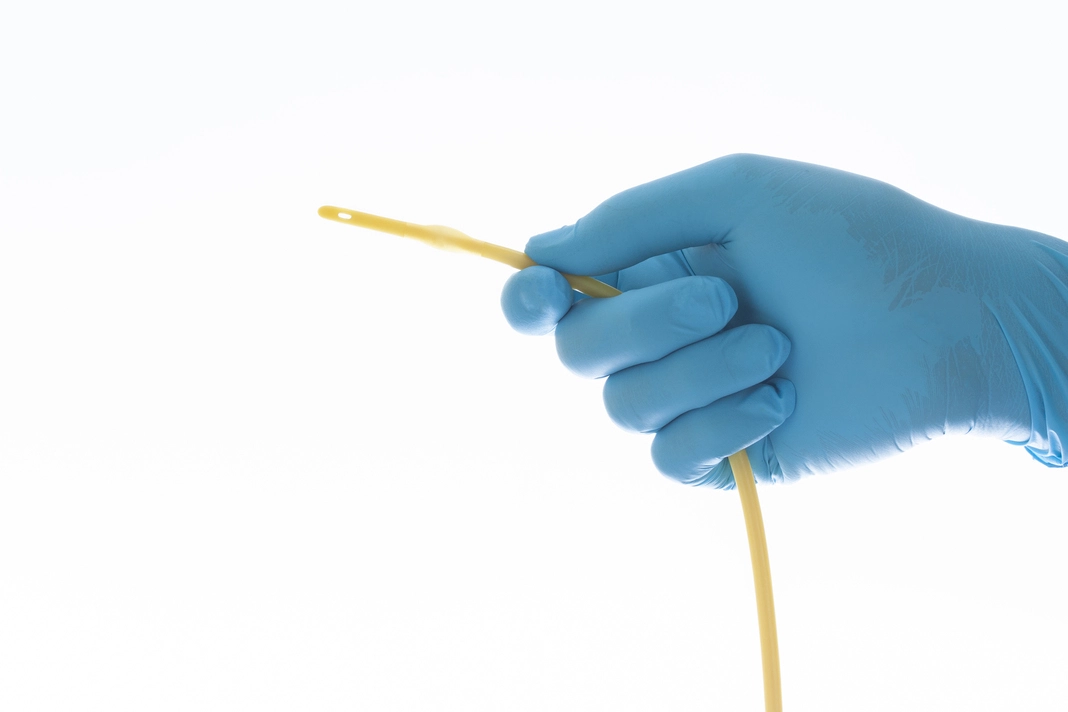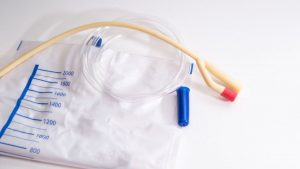The urinary catheter is most often used in hospital settings for therapeutic support. Some medical conditions such as urine incontinence (unable to control urination), urine retention (unable to urinate), prostate problems, difficulty in mobility (unable to move), or after surgery warrant urinary catheter use, sometimes after being discharge from the hospital.
The placement of urinary catheter itself poses a risk of infection because it is directly connected to the bladder and urinary system. Therefore, steps in placement of the urinary catheter must be performed in sterile conditions. If the urinary catheter is continued after hospitalization, then the family needs to be familiar with caring for the urinary catheter at home and the possible problems that might occur. The instructions can be given by the hospital nurses prior to hospital discharge.
Urinary catheter parts that we can see outside the body consisted of a tube and a urinary bag. The catheter tube is usually placed securely on the patient’s thigh using a tape. Do not tug or pull the tube and avoid it being blocked, twisted, or bent. The urinary bag works with gravity so it must be lower than the bladder at hip area but does not touch the floor.
It is very important to always wash your hands before and after touching the tube or the bag. The tube can be cleaned with soap and water regularly while the bag must be emptied every 4-8 hours or when full. When taking care of the bag, make sure that the connector does not touch the floor or the toilet.
Immediately contact the medical doctor or nurse if:
- The urinary catheter comes out accidentally
- The urine cannot flow
- There is urine around the catheter
- The patient has a fever (>37.5°C)
- There is a change of the urine color (becomes murky or bloody)
- There is stomach pain
- There is pain upon urination
- There is pain or swelling around the genitalia
During urinary catheter use at home, the patient can take a shower like usual and need to clean thoroughly the genital area with soap and water and dry well to avoid infection. The urinary catheter can be changed within 2-12 weeks depending on the patient’s condition and must be performed by a nurse.
The family or caregiver must record daily water intake and output to ensure sufficient hydration. If there are problems or questions when caring for the urinary catheter at home then you can contact the medical team for further information and assistance.
For doctor visit, doctor tele-consultations and home nursing services, please contact Kavacare Support.



